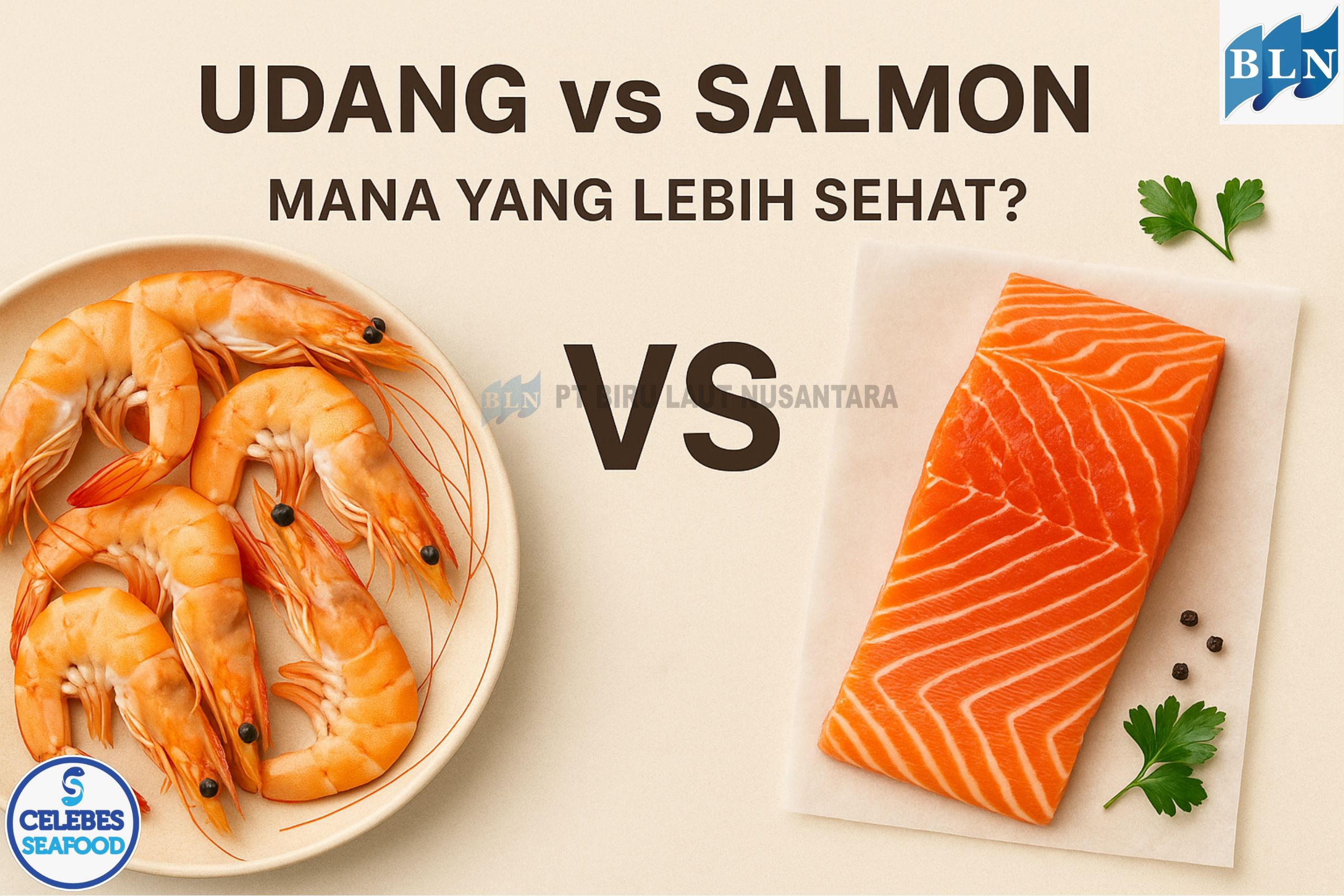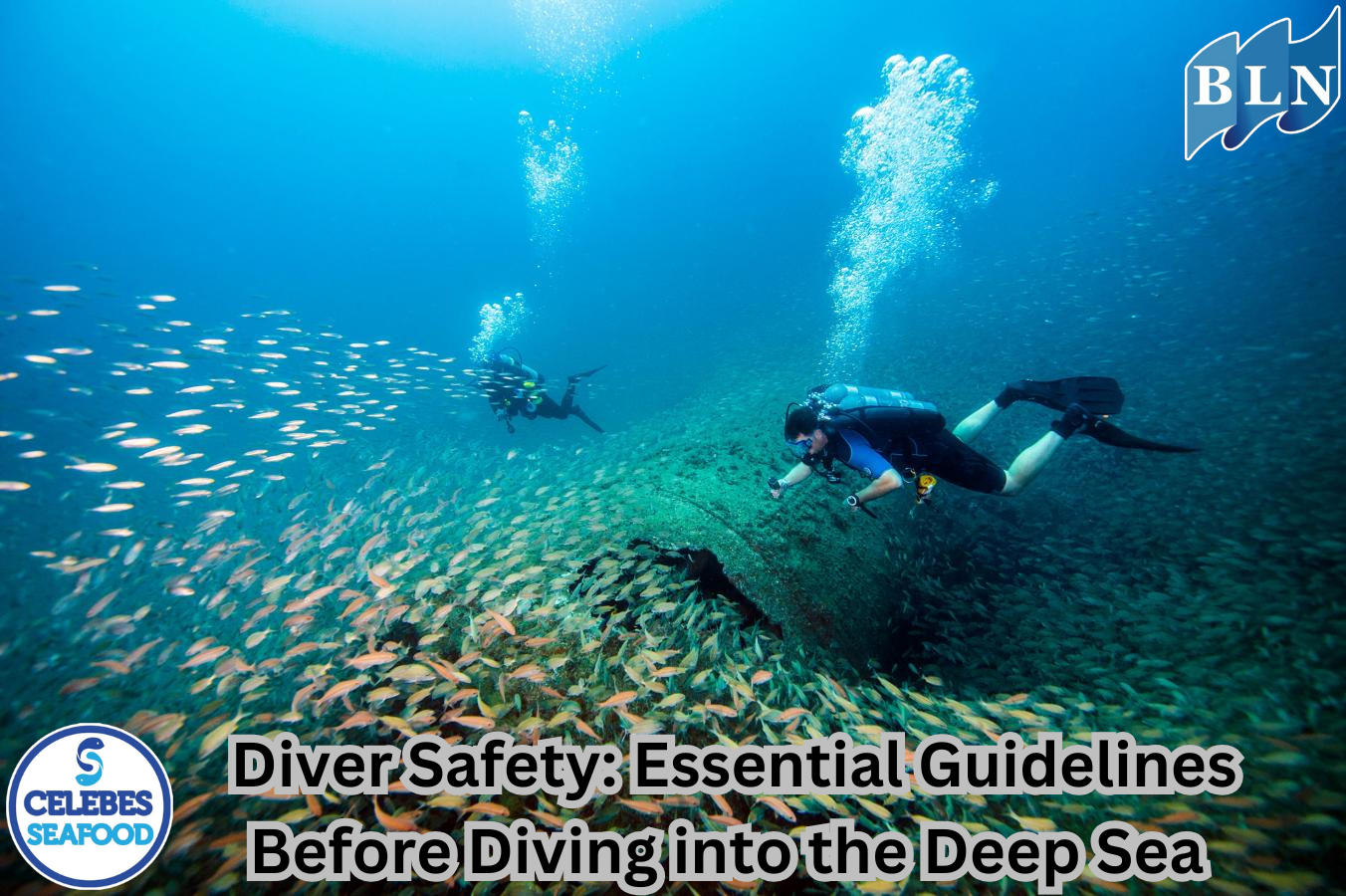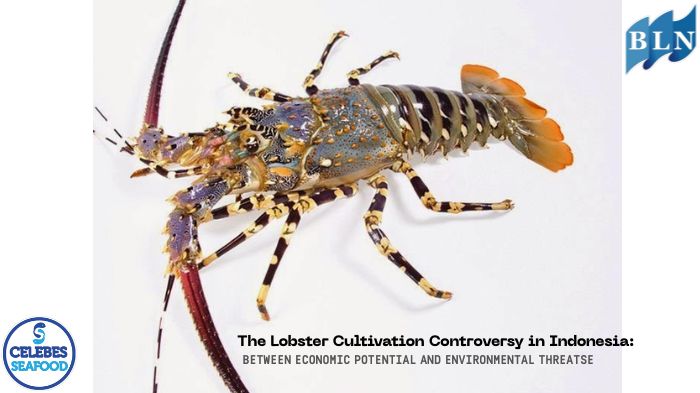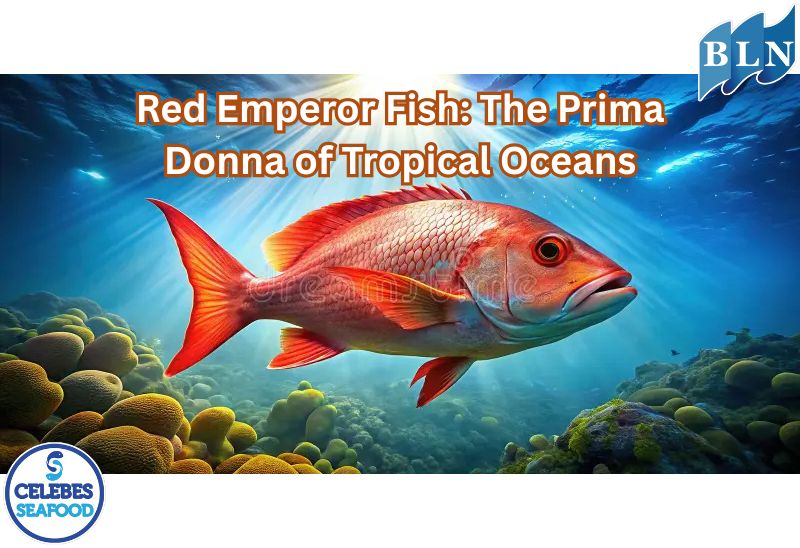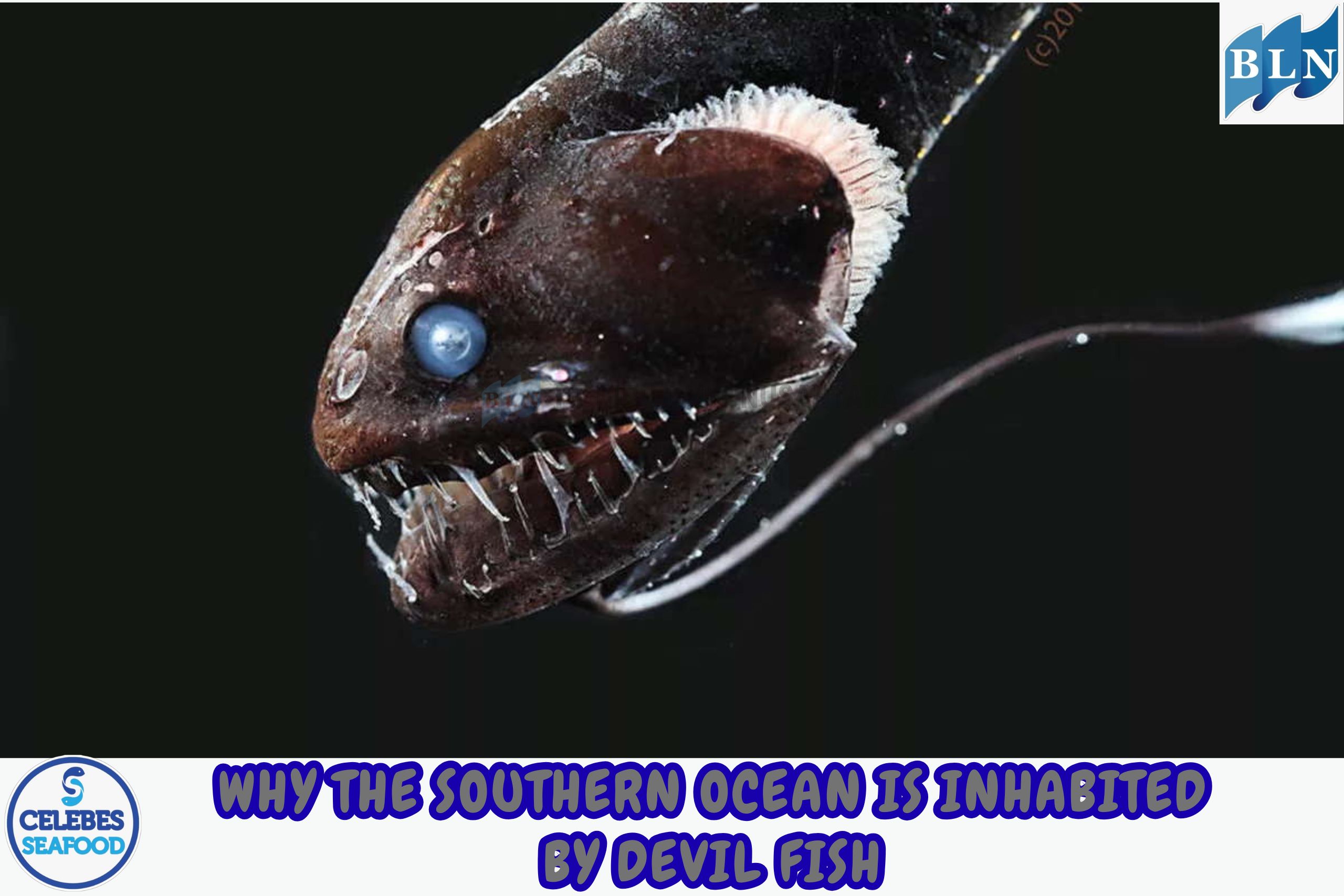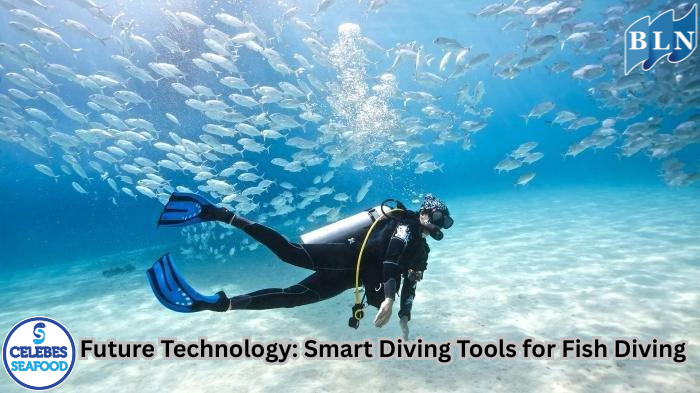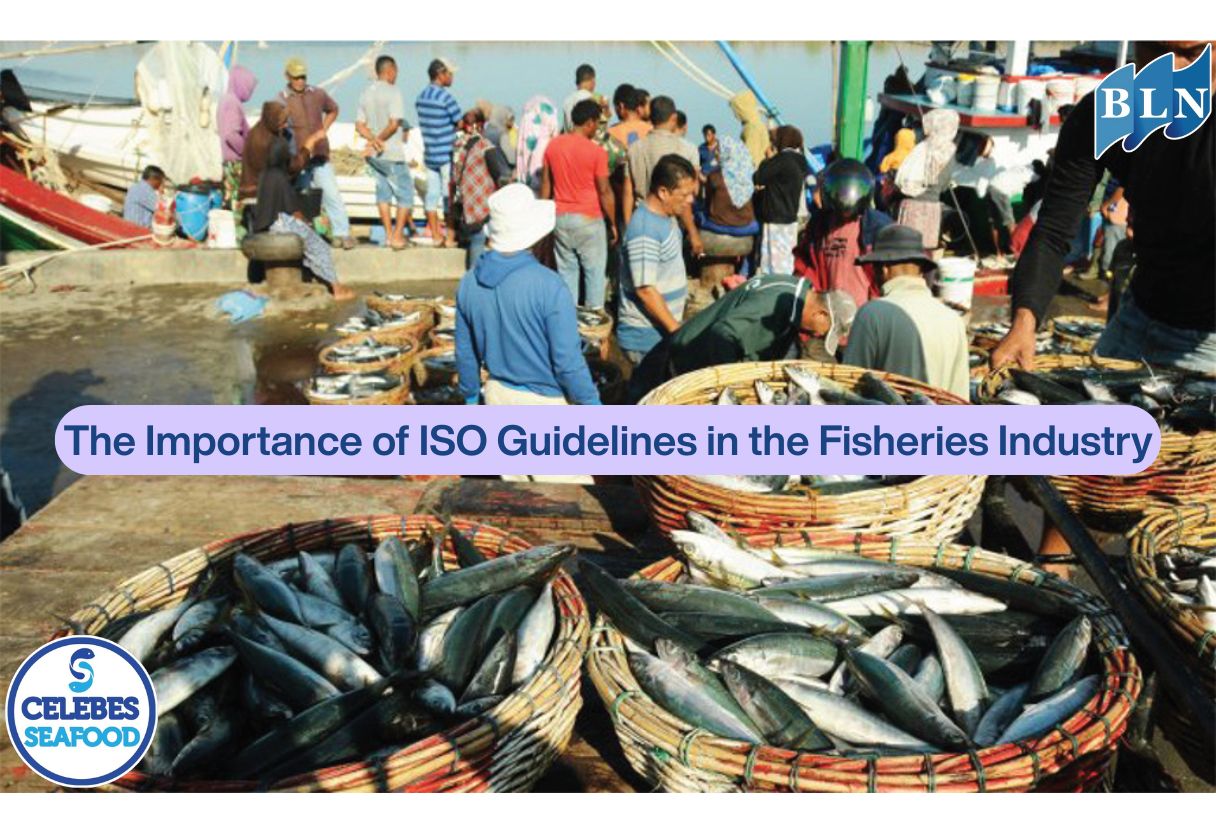Fish Schooling: A Coordinated Dance Beneath the Waves
By. Tri - 12 Jun 2025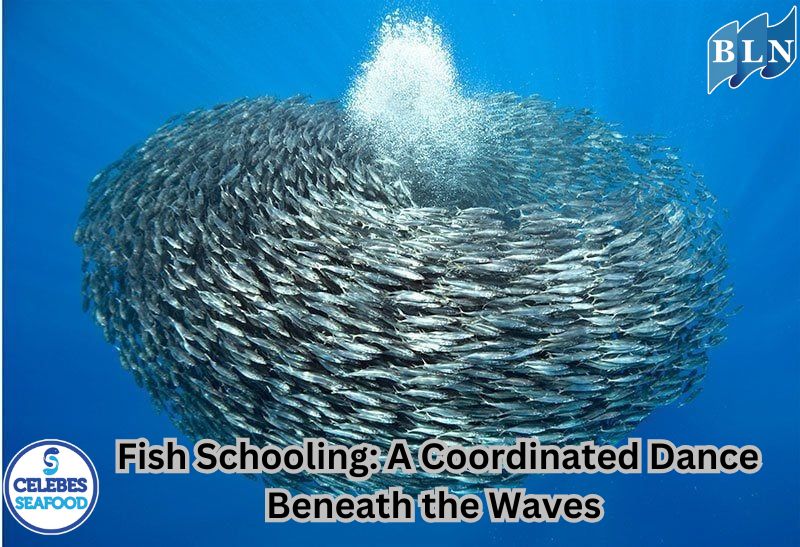
lautnusantara.com_ Have you ever witnessed a group of fish moving together, as if they were a single, giant organism flowing through the water? This captivating phenomenon, where fish move in a coordinated formation with synchronized distance and swimming speed, is known as schooling. It's not just a random gathering of individuals, but a fascinating collective dance, brimming with strategic benefits for their survival.
What Exactly is Fish Schooling?
Simply put, fish schooling is the coordinated grouping of fish that exhibit synchronized orientation and movement. When we say "polarized," it means the fish within the school tend to point their bodies in the same direction, maintain relative distances between individuals, and adjust their swimming speeds collectively. They move as a unified entity, often forming intricate and dynamic patterns.
This behavior differs from "aggregation" or "shoaling," where fish merely gather in an area without specific movement coordination. In a school, each fish is responsive to its neighbors, creating a feedback system that allows the entire group to function harmoniously.
Why Do Fish Form Schools?
There are several primary reasons why fish form schools, all boiling down to increased chances of survival:
- Protection from Predators: This is one of the strongest reasons. In a large school, there's a "dilution effect," where the probability of any single individual being targeted by a predator becomes smaller. Furthermore, schools can create confusion for predators. The sheer number of fish moving simultaneously can make it difficult for a predator to single out a target. Some schools can even form intimidating patterns that deter predators.
- Increased Foraging Efficiency: When fish move in groups, they can enhance their efficiency in finding food sources. Information about food locations can be disseminated more quickly among school members. Some species even use schooling formations to trap smaller prey.
- Improved Hydrodynamic Efficiency: Swimming in a group can reduce drag for individual fish. Similar to how birds fly in a 'V' formation to conserve energy, fish in a school can gain hydrodynamic advantages that allow them to swim further or faster with the same amount of energy.
- Reproductive Advantages: For some species, schooling also plays a role in reproduction. Gathering in large numbers increases the chances of finding a mate and successful spawning.
How Do Fish Coordinate Their Movements?
While seemingly complex, coordination within a fish school is largely based on local interactions between individuals. Fish use their senses to perceive the position and movement of their immediate neighbors. The lateral line, a sensory organ sensitive to changes in water pressure and vibrations, plays a crucial role. Vision is also important, allowing fish to see the direction and speed of those around them.
There's no single "leader" in most schools. Instead, movement emerges from simple rules followed by each fish: maintain a certain distance from neighbors, move in the same direction, and avoid collisions. When a change occurs in one part of the school, this information spreads rapidly through a chain reaction, creating an instant collective response.
Fish schooling is an extraordinary example of complex animal behavior emerging from simple interactions. From predator protection to foraging efficiency, schooling behavior is an adaptive strategy that has allowed many fish species to thrive and survive in dynamic aquatic environments. Understanding this phenomenon not only enriches our knowledge of marine biology but also provides inspiration for how decentralized systems can achieve remarkable coordination.
If you are interested in our Coral Trout Fillet Skin On, CORAL TROUT WGG WHOLE GILLED GUTTED, TOMATO COD WHOLE GILLED GUTTED please do not hesitate to contact us through email and/or whatsapp.
